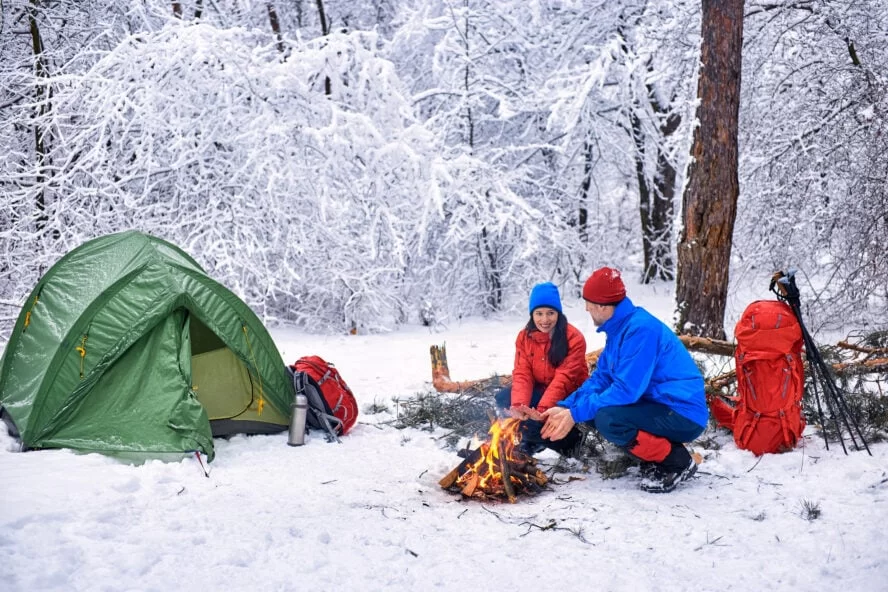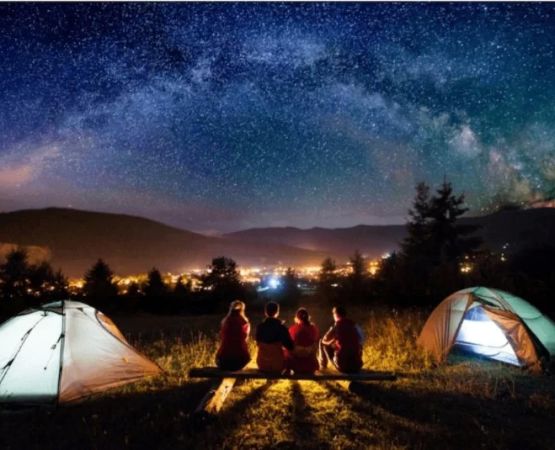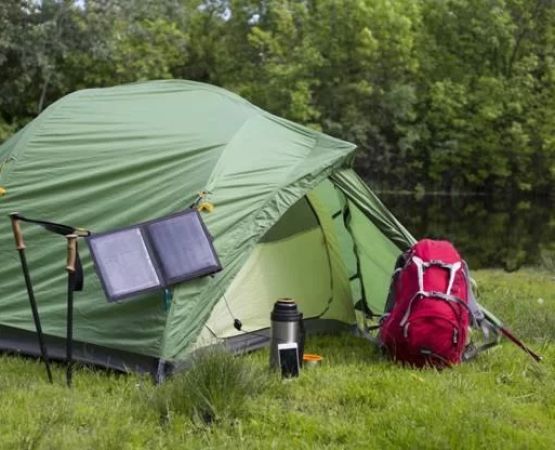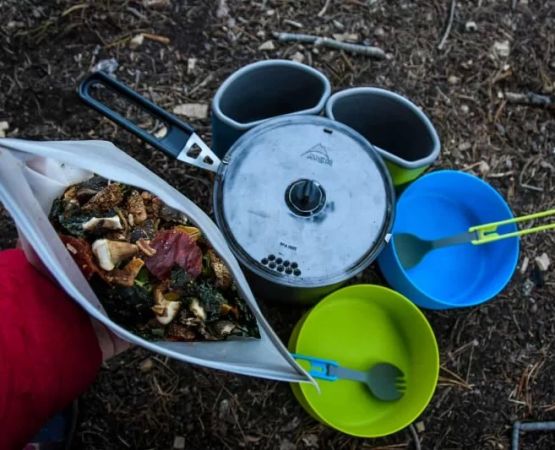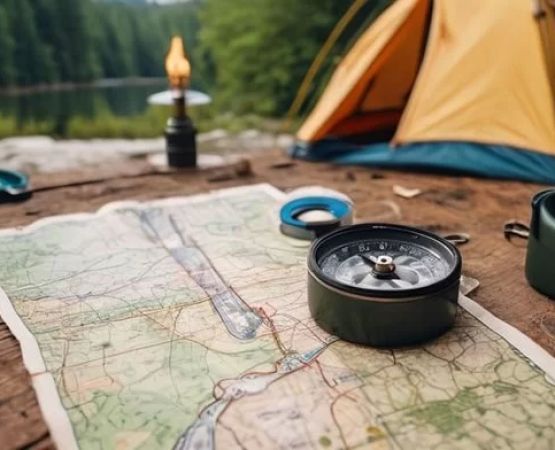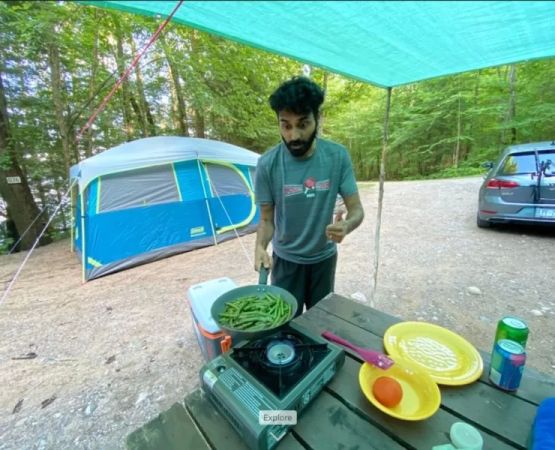Essential Winter Camping Gear: What to Pack for Your Winter Adventure
Winter camping is an experience like no other. There's something magical about sleeping under the crisp, starry sky, surrounded by snow-covered trees and the quiet of a winter wonderland. But, as thrilling as winter camping is, it also requires careful preparation. The cold weather presents unique challenges, and if you're not prepared, your trip can quickly turn from an adventure into an uncomfortable, even dangerous experience. As someone who has spent countless nights braving the winter chill, I've learned that packing the right gear is essential for a safe and enjoyable camping experience.
1. The Right Clothing: Layering is Key
The first thing to understand about winter camping is the importance of staying warm. It's not just about wearing a heavy jacket—it's about layering. Layering helps trap warmth between your clothes, and you can add or remove layers as needed. A good winter camping wardrobe should include:
- Base Layer: This layer sits directly on your skin and is responsible for moisture management. Look for moisture-wicking materials such as merino wool or synthetic fabrics. Avoid cotton, as it traps moisture and can make you cold.
- Insulating Layer: This layer provides warmth. Fleece, down, or synthetic jackets work best. Down is incredibly warm but loses its insulating properties when wet, so if you're heading into wet conditions, synthetic insulation is a better choice.
- Outer Layer: This is your protection against the elements—wind, snow, and rain. A waterproof and windproof jacket and pants are essential. Gore-Tex is a great material for this layer, as it offers both breathability and waterproofing.
- Accessories: Don't forget your extremities. A warm hat, scarf or neck gaiter, insulated gloves, and thermal socks are all essential. Be sure your socks are wool or another moisture-wicking material, as wet feet can lead to frostbite.
2. Shelter: Your Winter Tent and Sleeping Gear
Choosing the right shelter is crucial for winter camping. A regular three-season tent simply won’t cut it in the harsh conditions of winter. You need a four-season tent, designed to withstand heavy snow and strong winds. Here’s what you need to know about winter camping tents:
- Four-Season Tent: These tents are sturdier than three-season tents, with reinforced poles and fabric to handle snow accumulation and wind. Look for a tent that has a low profile to minimize wind resistance.
- Sleeping Bag: Choose a sleeping bag rated for colder temperatures than you expect. For winter camping, a bag rated for at least 20°F below the temperature you expect is ideal. Down bags are warm but can lose insulation when wet, while synthetic bags perform better in damp conditions.
- Sleeping Pad: Don’t skimp on the sleeping pad. Insulating pads like those made with closed-cell foam or thick air pads will keep the cold ground from leaching your body heat. Consider adding a foam pad underneath your air pad for extra insulation.
3. Cooking and Food: Keep It Hot!
Winter camping means cold meals can quickly turn into a miserable experience. Hot food and drinks can make all the difference. But cooking in the winter is not without its challenges. For one, liquid fuel stoves can struggle in freezing temperatures. Here are some tips to keep your meals hot and your fuel working:
- Winter-Grade Stove: Look for a stove that is designed for winter conditions. Canister stoves can freeze up in the cold, so a liquid fuel stove (like white gas) is a better option. These stoves have a better chance of working in freezing temperatures.
- Hot Meals: Hot meals can make you feel warmer, both physically and mentally. Soup, stew, and chili are great options. Pre-packaged freeze-dried meals are also handy and lightweight but can be expensive.
- Thermos for Hot Drinks: Bring along a thermos to keep your beverages hot. A hot cup of tea or coffee is a wonderful way to warm up in the morning or take a break on a cold afternoon.
4. Safety Gear: Be Prepared for the Worst
When you're camping in winter, safety becomes even more important. While it's easy to focus on warmth and comfort, you should also consider what could go wrong and how you’ll deal with it. Here's what you’ll need to stay safe:
- Headlamp and Extra Batteries: Winter camping often means longer nights. A reliable headlamp is crucial for setting up camp, cooking, or finding your way to the bathroom at night. Bring extra batteries because cold temperatures can drain them quickly.
- First Aid Kit: A standard first aid kit is essential. Consider including items like blister pads, anti-chafe cream, and any medications you might need. It’s also a good idea to have a basic knowledge of first aid in case of an emergency.
- Emergency Blanket: A lightweight, compact emergency blanket (also called a space blanket) can be a lifesaver in a pinch. It retains body heat and can help you survive until help arrives if something goes wrong.
- Map and Compass/GPS: Winter conditions can obscure trails and landmarks. Always have a map of the area, along with a compass or GPS device. Knowing where you are and how to navigate is essential for safety in the backcountry.
5. Special Winter Gear: Snow and Ice Essentials
Finally, don’t forget to pack the specific gear you’ll need for winter conditions. Snow and ice add an extra layer of difficulty to winter camping, and the right equipment can help you stay safe and comfortable:
- Snowshoes or Skis: If you're trekking through deep snow, snowshoes or cross-country skis are invaluable. They allow you to move more easily over deep snow without sinking in.
- Ice Axe or Crampons: If you’re camping in areas with icy terrain or steep slopes, an ice axe or crampons (spiked traction devices) can help you maintain grip and stability.
- Gaiters: Gaiters are essential for keeping snow out of your boots and pants. They cover the tops of your boots and your lower legs, preventing snow from entering and soaking your clothing.
6. Considerations for Winter Camping with Pets
If you plan to bring your furry friend along, winter camping can be just as fun for them as it is for you, but it comes with additional challenges. Your pet will need extra protection against the cold:
- Winter Dog Jacket: A dog jacket will help keep your pet warm, especially in very cold temperatures. Make sure it covers their belly and chest to keep them insulated.
- Booties: Dogs' paws can get frostbite just like human extremities. Consider getting boots for your dog to protect their feet from the snow and ice.
- Extra Food and Water: Like you, your dog will need extra sustenance to stay healthy in cold conditions. Make sure to bring enough food and water for your pet for the entire trip.
With the right preparation and gear, winter camping can be an unforgettable experience. Whether you're hiking through snowy forests, stargazing in the cold night air, or enjoying a warm meal around the campfire, winter camping is a challenge worth embracing. So, pack your gear, layer up, and get ready for an adventure like no other.

